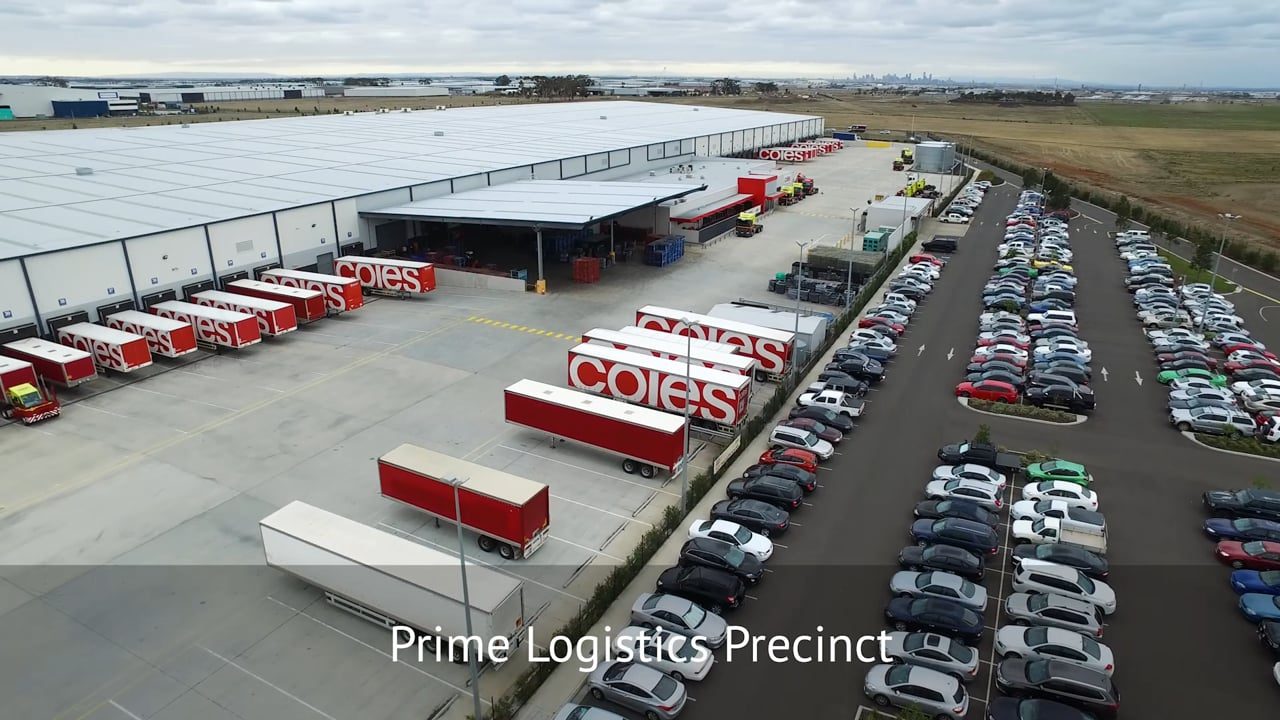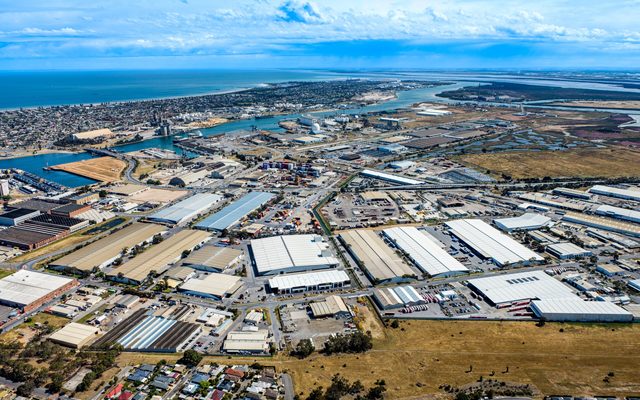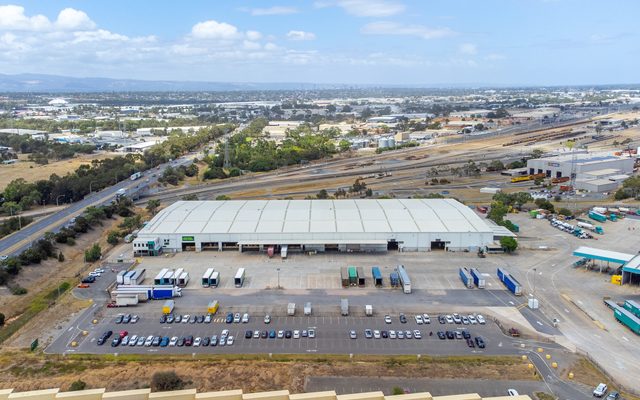This article is from the Australian Property Journal archive
FOOD related tenants will increasingly be on the radar of industrial and logistics property investors, as the coronavirus pandemic pushes consumers towards online retail at faster-than-projected rates.
The latest NAB Online Retail Sales Index for May showed online penetration rates in Australia at 10.3%, and projections for the growth in ecommerce in Australia had previously been tracked to reach around 14% in five years, mirroring the growth trajectory seen in the US.
However, this growth could be achieved faster if current retail preferences continue and add to the pool of online shoppers.
JLL’s head of industrial capital markets & logistics, Tony Iuliano said for investors, a focus on defensive industries would be key in the short term, specifically food related tenants.
“Cold storage assets are already tightly-held and the current focus on food retailing will only increase their attractiveness and the competition to acquire them. Investors will be looking at assets that have a food-related aspect, whether it be the asset or the tenant, to determine growth opportunities.”
Charter Hall Retail REIT turned heads last week, stepping away from its typical shopping centre targets to buy a 52% interest in Coles’ South Australia and Northern Territory distribution centre in Adelaide. That followed the divestment of a Pemulwuy Market Place and West Ryde Market Place shopping centres for $126.5 million. Heavy hitters including Stockland have been moving away from major retail assets to the industrial and logistics sector as their shopping centres have their values slashed – a trend that predated the pandemic.
Meanwhile, Dexus and GIC’s logistics trust has just spent $173.5 million acquiring two new logistics facilities, including a cold storage facility in Sydney and Ford’s spare parts national distribution centre in Melbourne.
Iuliano said the current increase in manufacturing and storage of pharmaceutical goods will also drive tenant demand.
The industrial sector has been widely tipped to be the top-performing real estate sector in the short term. Moody’s said industrial property values continue to be supported by e-commerce and increasing focus on supply chains, as evidenced by Woolworths’ recent decision to invest $780 million in two automated distribution centres in Sydney, while Coles recently made long term commitments to new facilities in Sydney and Melbourne that will be used as high-tech customer fulfilment centres for its online business.
“Unlike retail and office, we expect industrial property values will be flat to up slightly over the next 12-18 months. The pandemic has accelerated e-commerce penetration in Australia and increased focus on supply chains,” Moody’s said in a recent note.
The firm expects industrial specialists Goodman Group and the Charter Hall Prime Industrial Fund to benefit most.
JLL says its research shows a stable long-term driver for industrial and logistics growth remains in occupiers directly within, or connected to, food and pharmaceuticals due to both domestic and global demographic factors.
In the late 1980s, Australians put 30% of their spending towards food, rising to around 41% in 2019 and then to 44% as at May this year. Growth in the non-discretionary sector is also at record levels, up from 3.3% year on year in February to now 6.2%.
“It is the consumer staples sector which will be driving the long run stability of the industrial and logistics sector in Australia and around the world. Historically, supermarkets have been a low ecommerce penetration sector,” JLL’s director of industrial research – Australia, Sass J-Baleh said.
“However, we are likely to see the growth in online grocery shopping increasingly contribute to the acceleration of Australia’s ecommerce growth trajectory.
“Even in uncertain economic times we have observed consumers increasing their consumption expenditure on food items.”
Quality and safety of food will increasingly become paramount.
“Australia’s global competitive advantage in food production, exporting approximately 65% of domestically produced food products, will mean a continued requirement for industrial and logistics floorspace to manufacture, store and distribute food products,” J-Baleh said. “A growing export market also highlights the need for more cold storage space and specialised high-tech facilities for greater and efficient production.”




